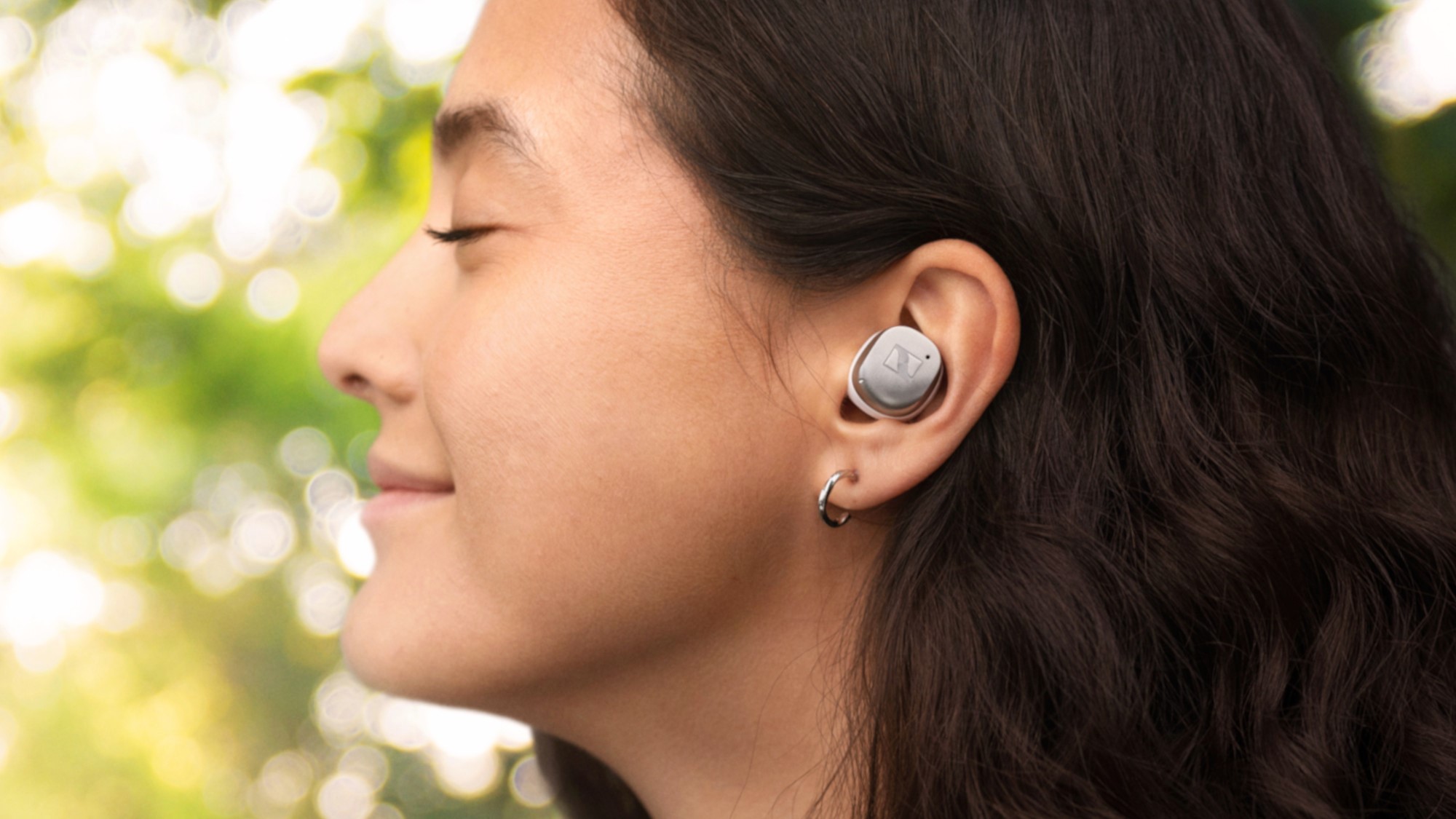ChatGPT with GPT 5 tipped for Sora 2 upgrade — here's everything we know
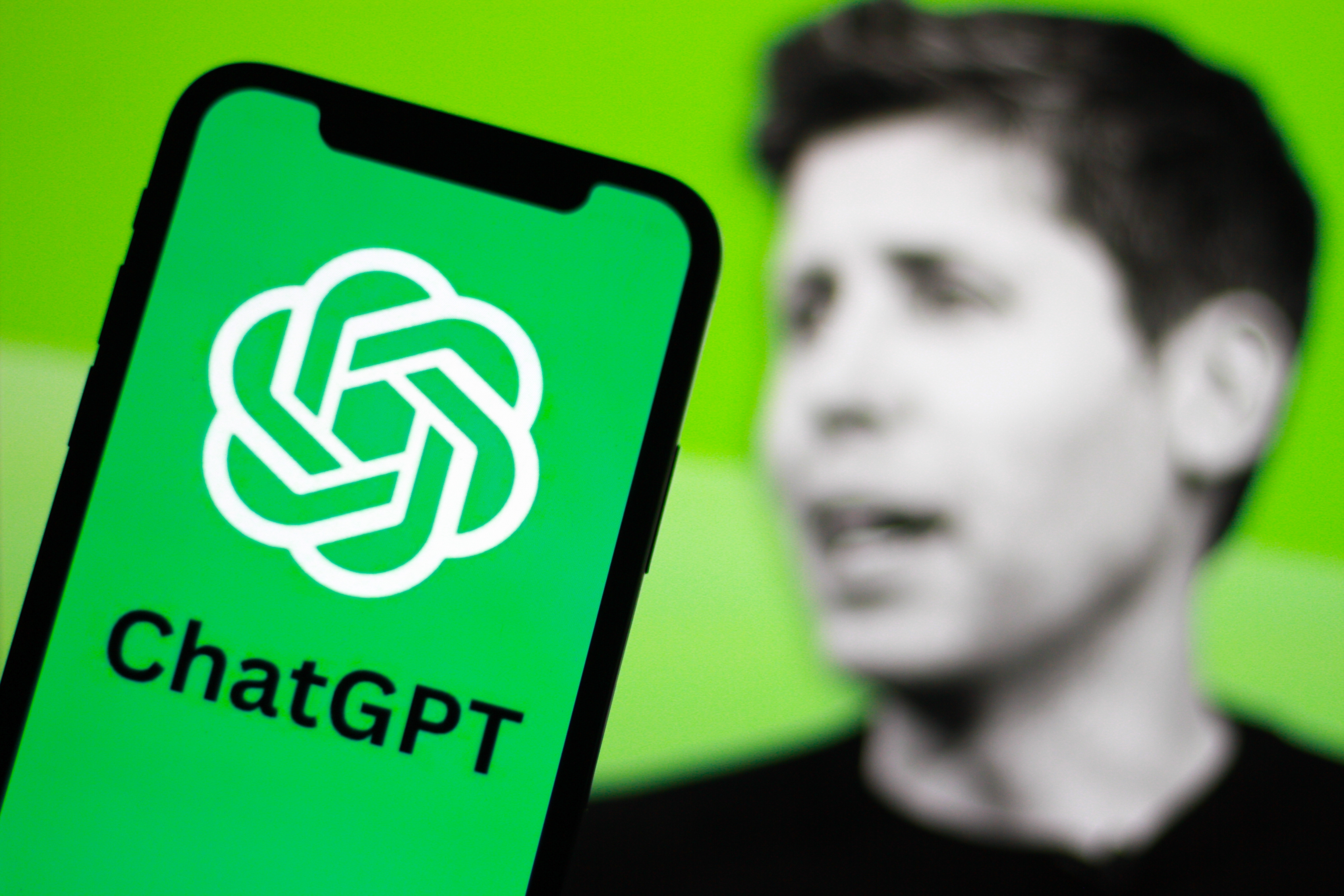
ChatGPT's GPT-5 upgrade is lurking right around the corner. OpenAI is hinting at it, and predictions are flooding in, both for the release day and what new features will come with it. And one new prediction could be the most exciting yet.
Tibor Blaho, known for his AI predictions and insights on X, hinted at a possible update to OpenAI’s Sora. He posted a screenshot of host names on OpenAI.org, which shows files with the names “Sora 2”.
Sora is OpenAI’s video generator. It was originally launched back in December 2024 and, at the time, was one of the biggest jumps forward for AI video we’d seen.
However, things have moved on since then, and Sora hasn’t changed all that much. In fact, it has steadily been pushed to the back of the line by the likes of Google’s Veo 3, as well as lesser-known competitors including Kling 2, Runway, and Moonvalley.
Including an update to Sora alongside GPT-5 would seem logical. AI video is moving fast, and OpenAI won’t want to get left behind. While it isn’t yet confirmed, there are some features that we would expect to see from a new version of Sora.
Sora 2? pic.twitter.com/Wrij7q3XRqJuly 21, 2025
What would Sora 2 look like?
Improved movement
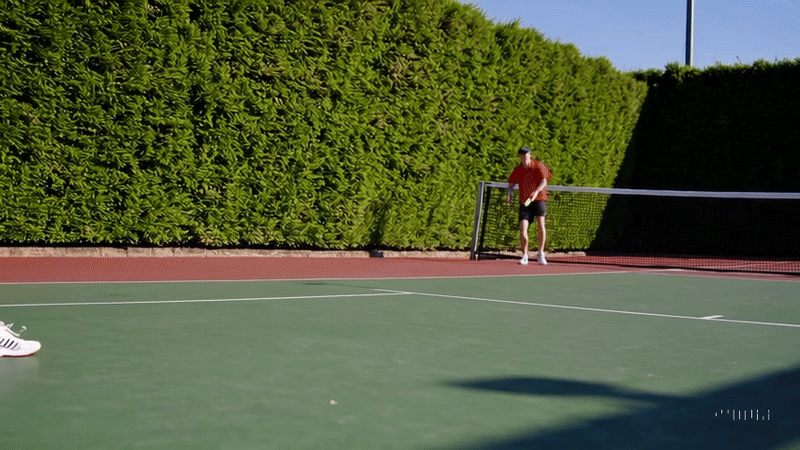
Sora does not understand human movement. Lots of clips that you’ll see from the current version depict people melting into each other, arms disappearing and bodies warping through the ground.
There are a lot of reasons for this, but the big one is that AI models don’t completely understand physics. They’ve been trained on video clips, but not the underlying explanations of those clips.
Get instant access to breaking news, the hottest reviews, great deals and helpful tips.
For example, footage of a man surfing makes sense in theory, but it can be hard to replicate this if you don’t understand the way humans interact with water.
Equally, training on video is a lot more complicated than images. Movement can be different every time you see it, and this can cause confusion for recreating the complexities of human movement.
This doesn’t mean it is impossible to fix. More advanced AI video models are getting close to nailing this problem, and Sora 2 could, in theory, do that too.
Added audio
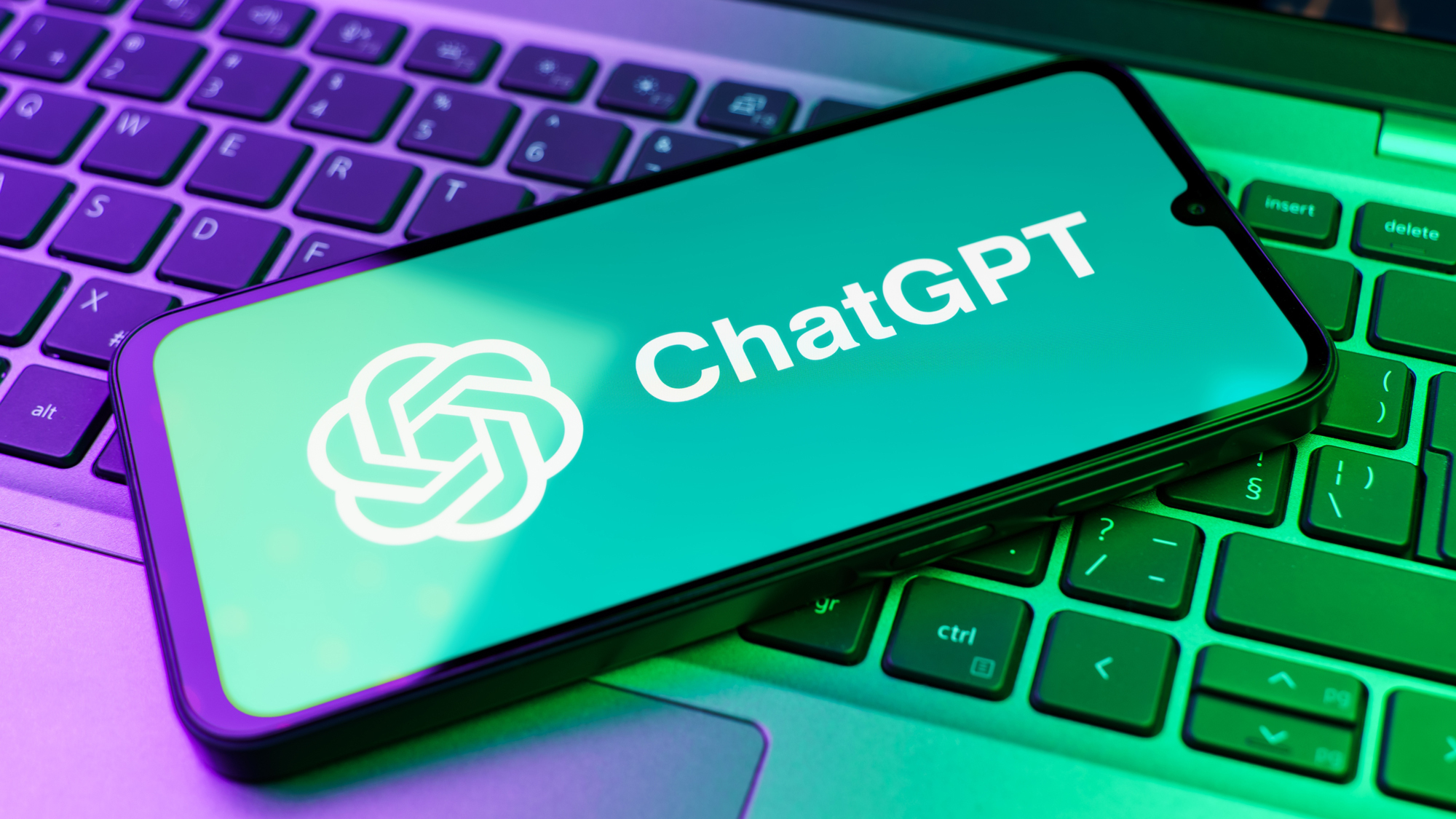
One of the biggest factors that gave Veo 3 a lead in the market is its addition of audio with video clips.
The earlier AI video generators (like Sora) were designed to just replicate video. However, more recent alternatives have begun to bring AI-generated audio into the fold as well.
To make Sora 2 more competitive, OpenAI is likely to bring a feature like this into the mix. They have experimented with creating AI audio in the past but have been somewhat silent on this venture since.
Longer clips
Where OpenAI could stand out with Sora 2 is in the length of its generated clips. Most generators are only able to produce videos between four and eight seconds at a time.
However, some competitors are slowly starting to nudge this number upwards. OpenAI could be one of the companies to do this first.
If they were able to do this, it would almost definitely be locked behind OpenAI’s most expensive plan, considering how expensive longer video generation is and the energy costs it requires.
Higher quality footage
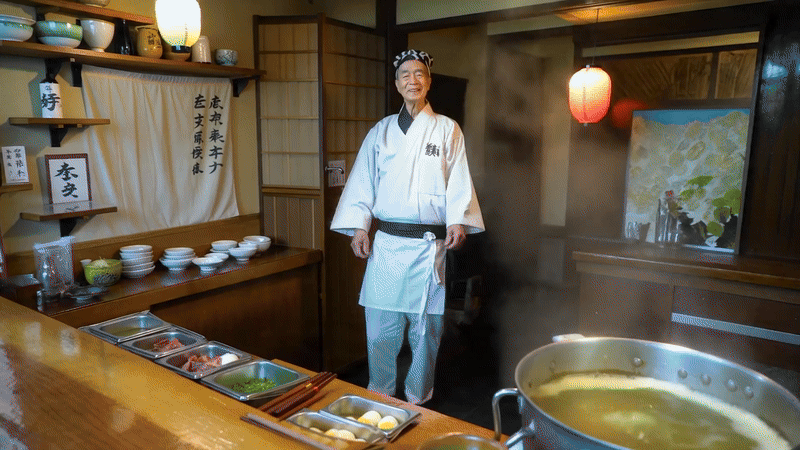
A more recent change that is being noted in the world of AI video is an increase in the quality of the footage.
Moonvalley, a company offering copyright-free AI video generation, is making waves with the quality of its footage. By training exclusively on high-quality videos, it can offer footage of only a certain resolution and above.
While OpenAI is unlikely to go as far as this, improvements in both training and the technology powering the tool could see Sora 2 offering much higher quality in its video.
Of course, this is tricky to blend with the longer length video mentioned above and would most likely end up being separate features.
More from Tom's Guide
- DuckDuckGo becomes first browser to add AI image filter — here's what you need to know
- No, The Simpsons didn’t predict that — here’s how AI is fueling viral hoaxes (and how to spot them)
- Netflix just gave its reasons for using generative AI in a TV show — and it could be a watershed moment
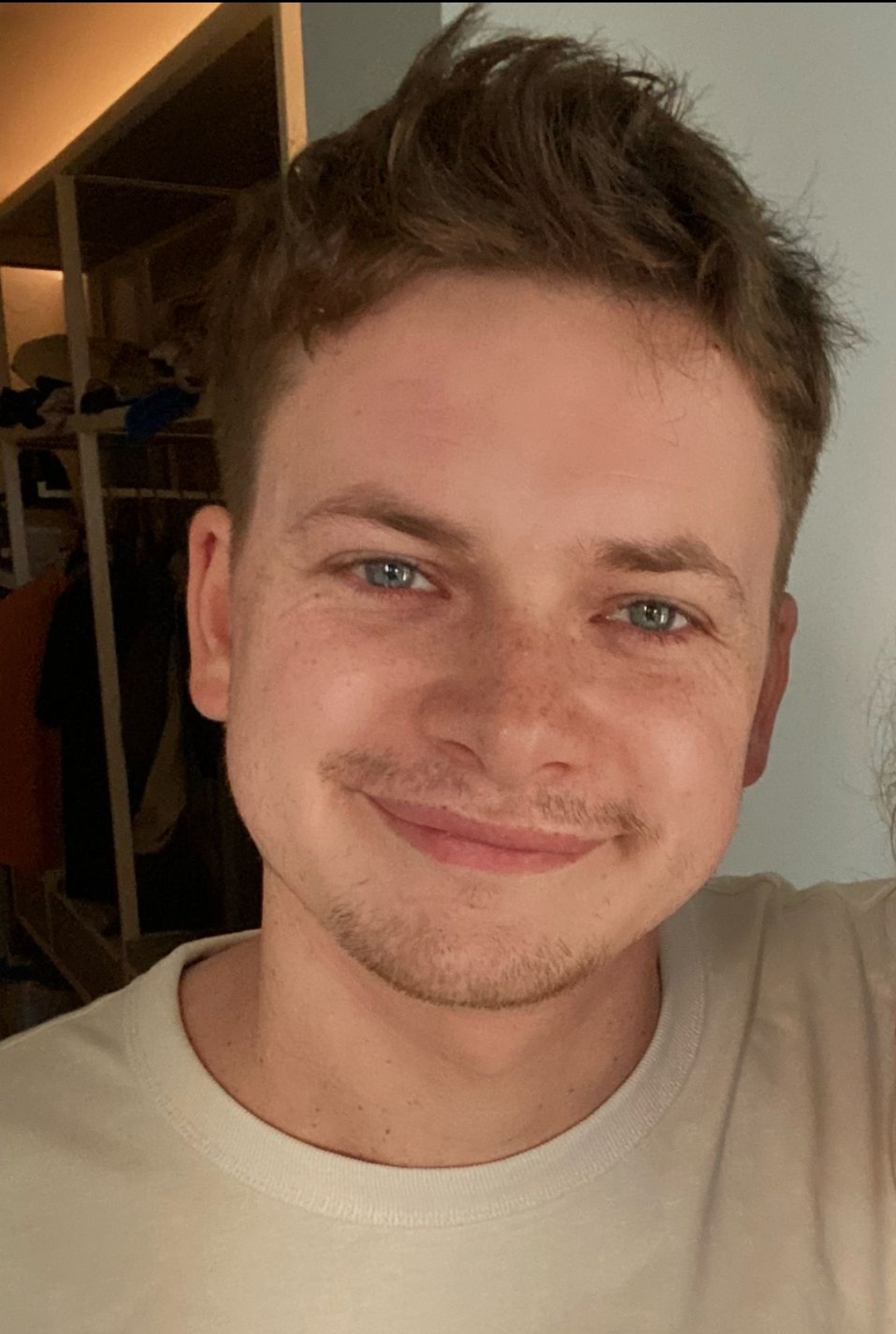
Alex is the AI editor at TomsGuide. Dialed into all things artificial intelligence in the world right now, he knows the best chatbots, the weirdest AI image generators, and the ins and outs of one of tech’s biggest topics.
Before joining the Tom’s Guide team, Alex worked for the brands TechRadar and BBC Science Focus.
He was highly commended in the Specialist Writer category at the BSME's 2023 and was part of a team to win best podcast at the BSME's 2025.
In his time as a journalist, he has covered the latest in AI and robotics, broadband deals, the potential for alien life, the science of being slapped, and just about everything in between.
When he’s not trying to wrap his head around the latest AI whitepaper, Alex pretends to be a capable runner, cook, and climber.
You must confirm your public display name before commenting
Please logout and then login again, you will then be prompted to enter your display name.










